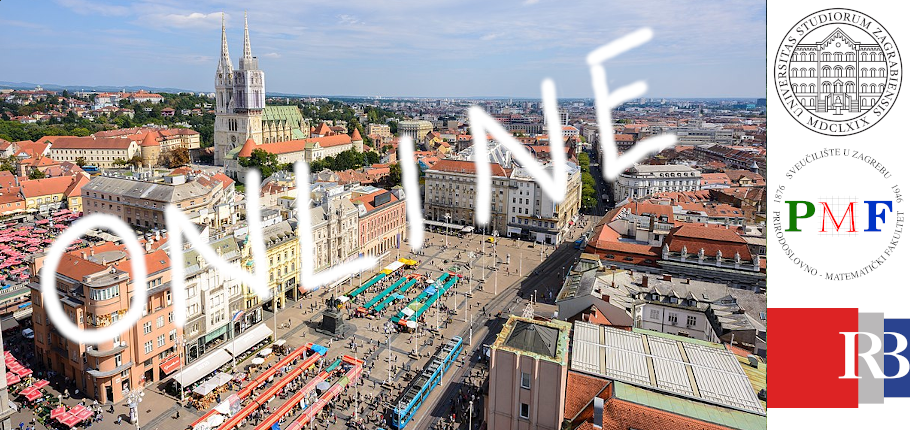Speaker
Description
Central nucleus-nucleus collisions produce many new baryons and the nuclear clusters can be formed from these species. The phenomenological coalescence models were used extensively for description of light nuclei from these baryons in a very broad range of collision energies. We suggest that the coalescence nucleation process can be effectively considered as 1) the formation of low density baryon matter which can be subdivided into primary diluted clusters with the limited excitation energy, and 2) the following statistical decay of such clusters leading to the final cold nuclei production. We argue that the nuclei formation from the interacting baryons is a natural consequence of the nuclear interaction at subnuclear densities resulting in the nuclear liquid-gas type phase transition in finite systems. In this way one can provide a consistent interpretation of the experimental fragment yields (FOPI data) including the important collision energy dependence of He isotope production in relativistic ion reactions. We investigate the regularities of this new kind of fragment production, for example, their yield, isospin, and kinetic energy characteristics.

